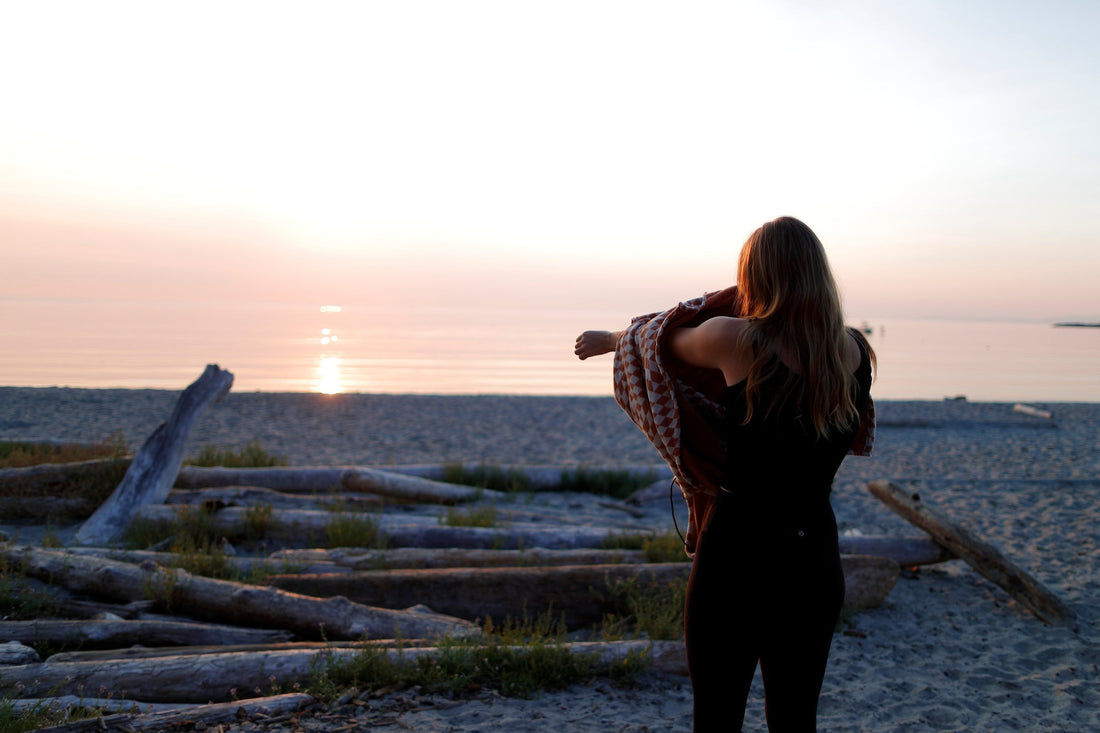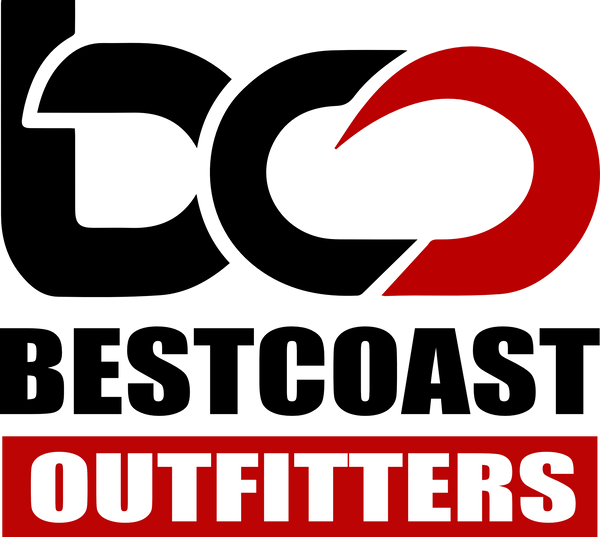
Wetsuit Guide for Kayakers: Types, Protection, and Care Tips
Share
Choosing the Right Wetsuit for Sea Kayaking: Staying Safe and Comfortable on the Water
When it comes to sea kayaking, especially on multi-day expeditions, your comfort and safety are paramount. While it’s easy to focus on gear like paddles, dry bags, and camp stoves, one essential piece of equipment is often overlooked: your wetsuit for kayaking.
Why a Wetsuit Matters
Even in the summer, when the sun is shining and the air is warm, the water, particularly in regions like the Pacific Northwest, remains cold. Hypothermia is a real risk if you capsize or spend an extended period in the water. A wetsuit for kayaking can serve as your safety net in such worst-case scenarios.
However, summer kayaking presents a unique challenge. How do you stay cool and comfortable in the heat, while also preparing for the unlikely but dangerous event of falling into cold ocean water?
Wetsuit vs. Drysuit
In colder months or shoulder seasons, a drysuit might be the go-to option. It provides full-body waterproof protection and pairs well with insulating layers underneath. But in summer, drysuits can quickly become unbearably hot, causing dehydration and overheating, a danger in itself.
That’s where paddling wetsuits shine. They offer thermal protection by trapping a thin layer of water against your skin, which your body warms up. They’re ideal for warm-weather paddling when the risk of immersion is low but still present.
Types of Wetsuits for Kayaking
When choosing a wetsuit for kayaking, it’s essential to consider the water temperature, your paddling style, and the duration of your trip. Here are the main types of paddling wetsuits you can use:
1. Full Body Wetsuits
Full-body wetsuits provide the most coverage, with full-length sleeves and legs. They are designed to offer maximum thermal protection, making them an excellent choice for cold water conditions, early-season paddling, or paddlers who anticipate getting wet frequently. Available in wetsuit in Canada options, these suits come in various thicknesses, typically ranging from 3mm to 7mm.
- Best For: Colder conditions, early-season paddling, or paddlers who expect frequent immersion.
- Pros: Maximum warmth and protection.
- Cons: Can feel restrictive and hot in warm conditions.
2. Hydroskin Wetsuits
Hydroskin wetsuits are a lightweight and flexible alternative to traditional neoprene. They are designed for paddlers who want a thin layer of thermal protection without the bulk. Hydroskin is made from thin neoprene with a water-resistant coating, providing warmth without overheating. These are a popular choice for paddling wetsuits in warmer weather.
- Best For: Warm-weather paddling where you want some thermal protection without overheating.
- Pros: Lightweight, breathable, and highly flexible.
- Cons: Less thermal protection than thicker wetsuits.
3. Jane and John Wetsuits
These sleeveless wetsuits (Jane for women, John for men) offer core warmth while leaving your arms free for maximum mobility. They are ideal for long-distance paddling or situations where you need full range of motion. They also pair well with a paddle jacket for additional protection.
- Best For: Paddlers needing core warmth but maximum arm mobility.
- Pros: Great range of motion for paddling.
- Cons: Arms and shoulders are exposed to cold.
4. Shorty Wetsuits
Shorty wetsuits, also known as spring suits, feature short sleeves and short legs, providing coverage for your core while allowing your arms and legs to stay cool. Perfect for summer paddling, they are one of the most popular wetsuits in Canada for warm conditions.
- Best For: Warm-weather kayaking where water temperature is cool but not dangerously cold.
- Pros: Lightweight and breathable; offers core protection without overheating.
- Cons: Limited thermal protection for legs and arms.
5. Two-Piece Wetsuits
Two-piece wetsuits consist of separate tops and bottoms, allowing you to mix and match for a customized fit. This design is highly versatile, letting you adjust your setup depending on water and air temperature.
- Best For: Paddlers who want flexibility to adjust warmth based on conditions.
- Pros: Mix and match top and bottom thicknesses.
- Cons: Potential for water seepage between layers.
6. Sleeveless Shorty Wetsuits
These wetsuits provide maximum mobility with short legs and a sleeveless design. They are ideal for hot weather paddling where you want to stay cool but still have some protection for your core.
- Best For: Hot weather kayaking with minimal risk of immersion.
- Pros: Maximum comfort and mobility in warm conditions.
- Cons: Very little thermal protection.
Comparison Table: Wetsuit Types for Sea Kayaking
| Wetsuit Type | Coverage | Best For | Pros | Cons |
|---|---|---|---|---|
| Full Body Wetsuit | Full arms and legs | Cold water, early-season | Maximum warmth, full protection | Can feel restrictive, hot in warm weather |
| Hydroskin Wetsuit | Thin, flexible material | Warm weather, light insulation | Lightweight, breathable | Limited thermal protection |
| Jane/John Wetsuit | Sleeveless, full legs | Core warmth, maximum arm mobility | Great range of motion | Shoulders exposed |
| Shorty Wetsuit | Short sleeves and legs | Warm weather, moderate water | Breathable, flexible | Limited coverage |
| Two-Piece Wetsuit | Customizable top and bottom | Versatile layering | Adjustable warmth | Potential water seepage |
| Sleeveless Shorty | Short legs, sleeveless top | Hot weather, minimal immersion | Maximum comfort, mobility | Minimal thermal protection |
How to Protect Your Wetsuit: Tips for Longevity
A well-maintained wetsuit can last for several years. Follow these tips on how to protect your wetsuit and make it last longer:
- Rinse After Every Use: Always rinse your wetsuit with fresh, cold water immediately after use to remove salt, sand, and sweat.
- Use Wetsuit Shampoo: Once in a while, clean your wetsuit with a specialized wetsuit shampoo to remove odors and bacteria.
- Hang It Properly: Use a thick hanger designed for wetsuits. Avoid thin hangers that can cause creases.
- Dry in the Shade: Avoid direct sunlight, which can degrade the neoprene. Hang it in a shaded, well-ventilated area.
- Store Loosely: Never fold your wetsuit. Folds can cause cracks in the neoprene over time.
- Avoid Heat: Never put your wetsuit in a dryer or leave it in a hot car.
- Repair Minor Tears Quickly: Use wetsuit repair glue to fix small holes before they get worse.
Final Thoughts
Choosing the right wetsuit for kayaking is essential for comfort, safety, and protection. Whether you’re exploring calm lakes or tackling coastal waters, the right wetsuit is a must-have in your kit.
Stay dry, stay warm, and paddle smart!





